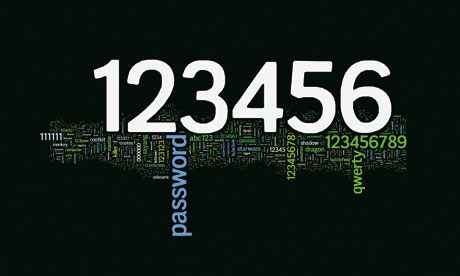That means:
- a simple graphic design
- using few colours (2 or 3 usually)
- the company/brand name should be short too: 1, 2, maybe 3 words
- the brand name is part of the logo; the font used is very important
Every business needs a good slogan too - as Tesco plc says, Every Little Helps...
Once you've done that you can follow the instructions in how to use Photoshop tools to create a great company logo.
Make sure you save, and keep saving, your Photoshop work - any computer can crash. Press Ctrl+S every time you've made a major change you're happy with.
GuessLogos DB Compressed
Remember: Make sure you save, and keep saving, your Photoshop work - any computer can crash. Press Ctrl+S every time you've made a major change you're happy with.
Your brochure needs to feature certain key details - you could do your own research, looking at examples, but if there isn't enough time you can find a list of the key details you need to include in the document below. This also has instructions on how to create a 6-panel leaflet in Publisher.
Don't forget which panel will end up as the front, back, inside ... use this document as a quick reference:
Think about background colours, and take care with your font choices; experiment with text effects too: you can make shapes with words.



